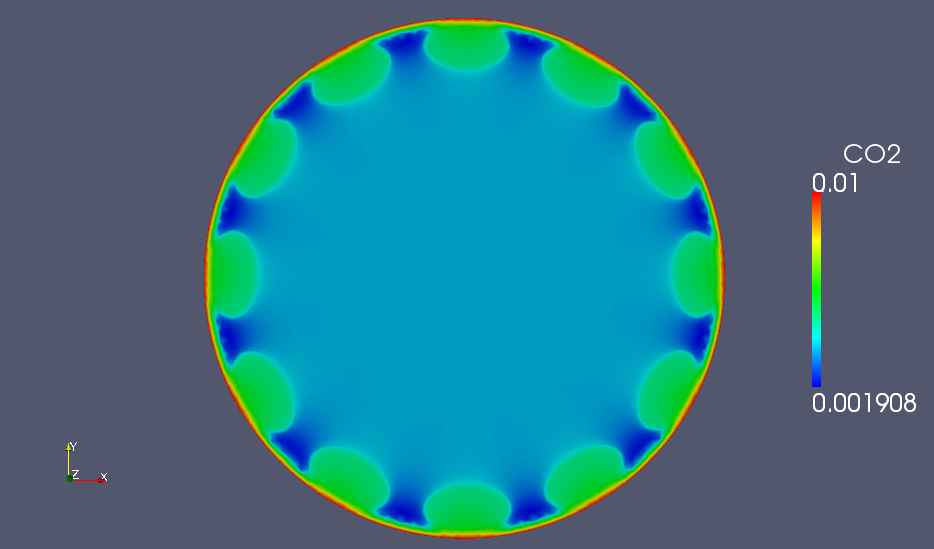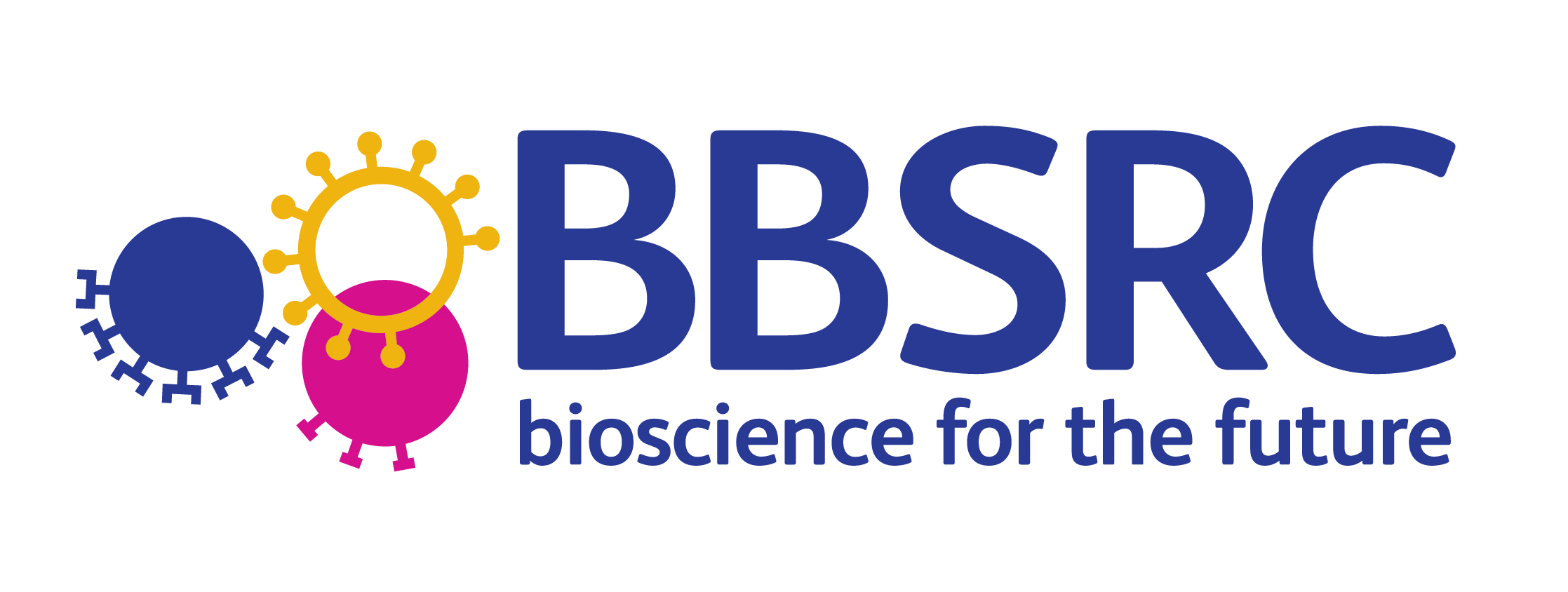CAPP: Combining Algal and Plant Photosynthesis
Background
A collaborative project between:
Prof Howard Griffiths, University of Cambridge (Project Coordinator) (web site)
Prof Alison Smith, John Innes Centre, Norwich (web site)
Dr Martin Jonikas, Carnegie Institution for Science, Stanford USA (web site)
Prof David Fell and Dr Mark Poolman, Oxford Brookes University (Home)
It has a collective website here.
In most plants, growth rate is limited by the rate at which carbon dioxide from the atmosphere is taken up and converted to sugars in the process of photosynthesis. The enzyme responsible for the first step in this process, Rubisco, does not work at its potential maximum efficiency at the current levels of carbon dioxide present in the atmosphere. If levels were much higher, photosynthesis would be faster and plants would grow faster. This speeding-up of photosynthesis will happen naturally over the next fifty years or so as atmospheric carbon dioxide levels rise due to human activities. However, there is an immediate requirement for increased crop productivity to provide food for the rising population of the planet. Our project addresses this problem. We are studying a mechanism present in tiny green algae that results in high concentrations of carbon dioxide inside their photosynthesising cells (called a Carbon Concentrating Mechanism, or CCM), enabling Rubisco to work at maximum efficiency. We have recently discovered important new information about this mechanism, and we have invented new and rapid methods to discover algal genes that contribute to it. We have two complementary and parallel aims. First, we will apply our new methods to identify all of the genes required by the algae to achieve high concentrations of carbon dioxide inside the cells, and we will discover exactly how these genes work. Second, we will transfer the most important genes into a plant, and study whether the same CCM can be recreated inside a leaf. If it can, we expect that our experimental plant will have higher rates of photosynthesis and hence a higher rate of growth than normal plants. This work will provide new insights into how plants and algae acquire and use carbon dioxide from the atmosphere, of great importance in predicting and coping with the current rapid changes in the atmosphere and hence in climate. The work will also contribute to strategies to increase global food security, because it will indicate new ways in which crop productivity can be increased.
Modelling results
Matthew Levin has been using the open-source finite element package FEniCS package to model CO2 and HCO3- distributions in a plant cell and their effects on the total rate of carbon assimilation. Below is a specimen result for a section through a plant cell with 12 chloroplasts in the section arranged adjacent to the plasma membrane.

Funding


CAPP in the news
See: